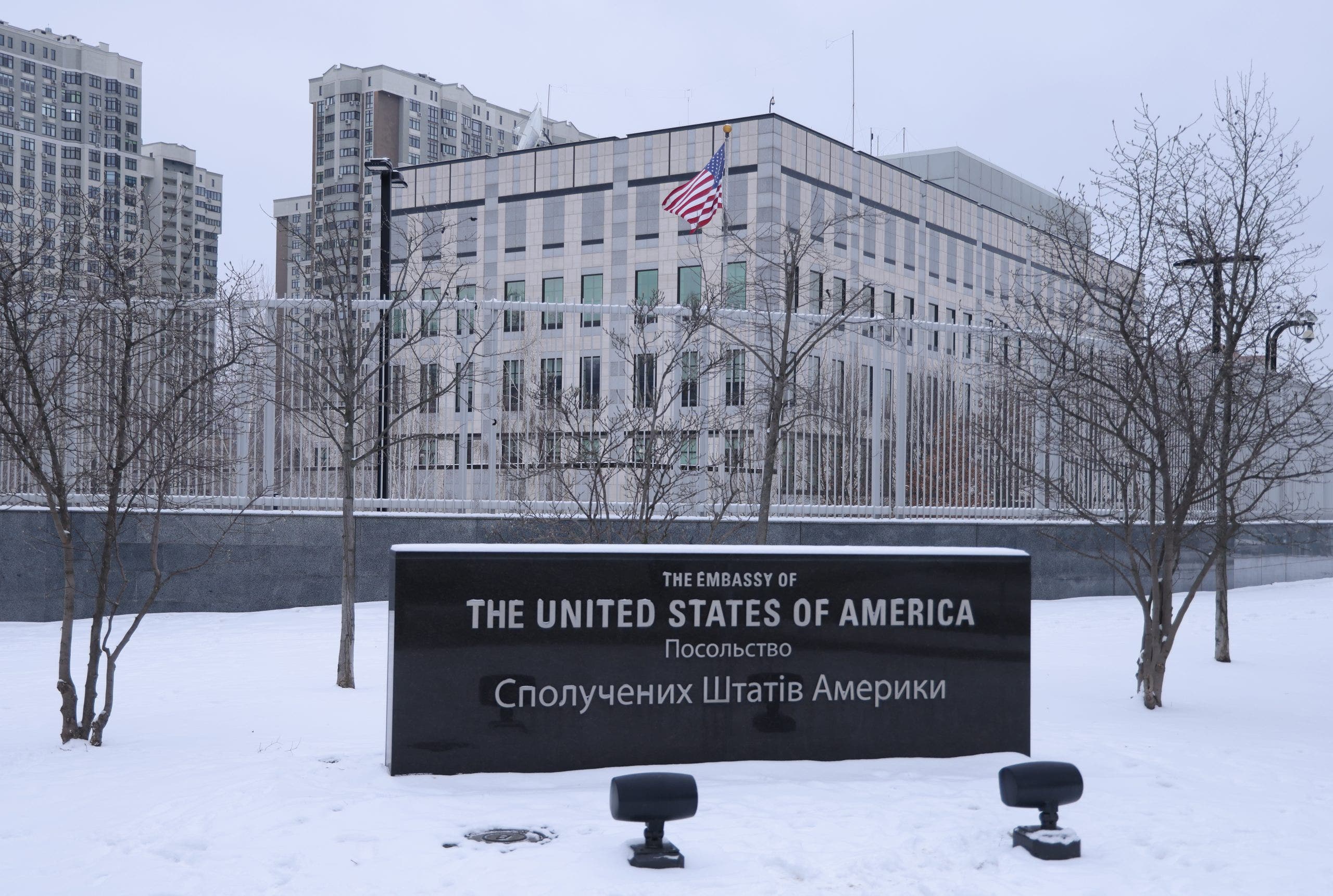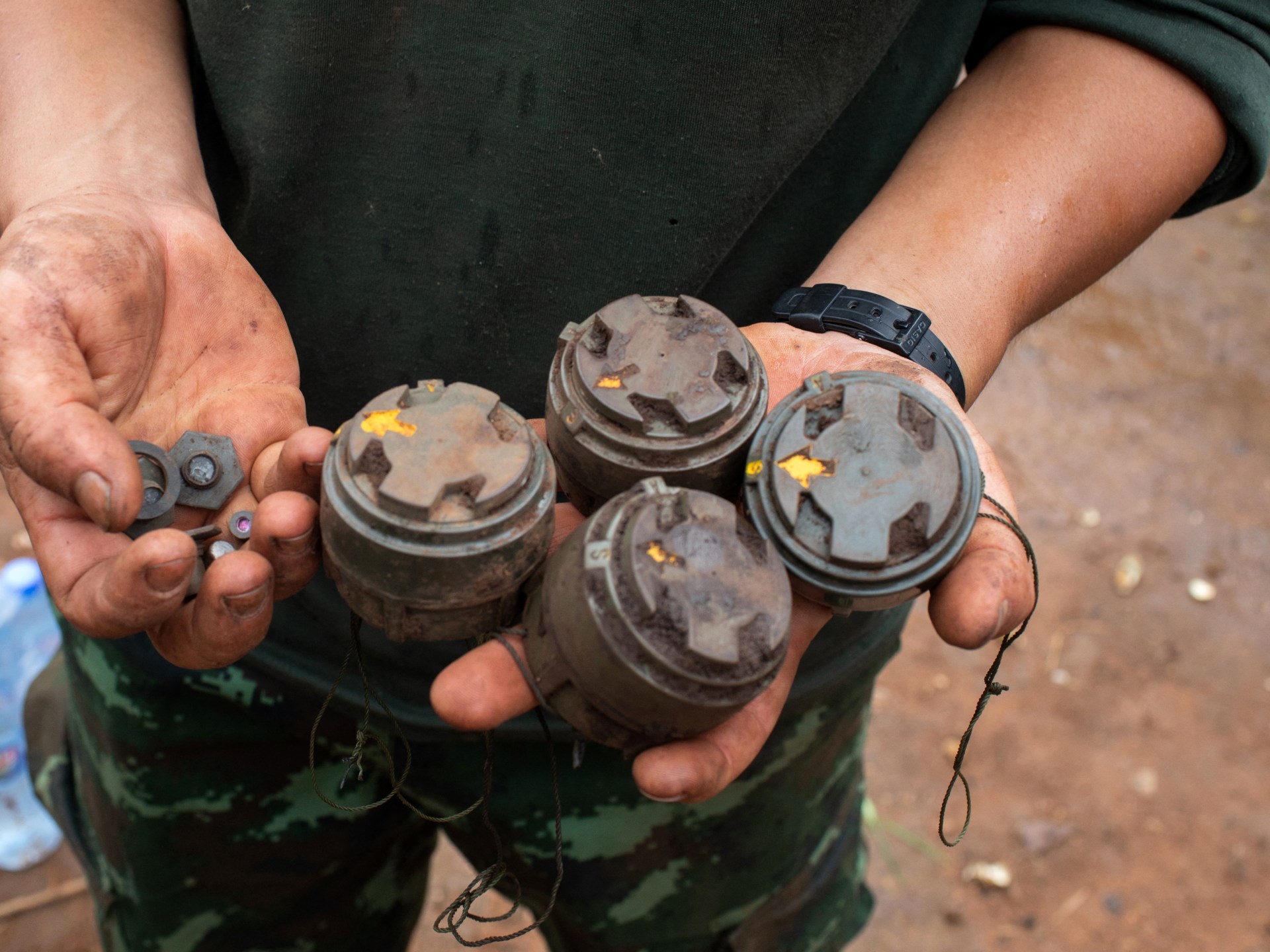South Dakota
Internet infrastructure development coming to rural South Dakota

High-speed internet access is essential for most businesses now. With telehealth options, virtual classes and wide range of communication just a click away, the challenge is ensuring equal access.
The Biden Administration says South Dakota will get more than $200 million for high-speed internet infrastructure.
Historically, rural and remote locations have been at the back of the line for infrastructure investment.
Jason Dabbert, co-founder of Leap Communications, which specializes in rural internet, said there’s a big difference between services offered in town and internet options for isolated rural areas.
“A lot of the times in town, you’ll have the big cable companies and big internet service providers because the return on investment is obviously a lot better,” Dabbert said. “They tend to put a lot of investment there and completely overlook the rural parts of South Dakota. The providers that are out in the rural space are traditionally old telephone companies that were around when they brought telephone to rural, and their infrastructure is not really up to delivering high-speed broadband.”
Dabbert said that limits possibilities for rural service.
“Say in town you can have gigabit connection available to you,” he said. “In a rural space it might only be one meg, which is barely enough to make a phone call, let alone do any remote learning, work from home, any of those types of things.”
Dabbert said internet infrastructure is an investment in the future.
“Our current projects are doing fiber directly into every person’s home,” Dabbert said. “We’re based out of Parker, South Dakota, and we have a single fiber that goes from our building to each and every home and business in our coverage area that allows us to basically infinitely expand as technology changes in the future.”
Internet service using fiberoptic cable has buried wires that are directly connected to homes. That infrastructure is maintained like any other utility.

South Dakota
North Dakota tribal leaders see Burgum as ally in Interior, energy role • Alaska Beacon
Mark Fox, chairman of the Mandan, Hidatsa and Arikara Nation, called Gov. Doug Burgum’s recent nomination for secretary of the Interior and National Energy Council chair a “match made in heaven” for North Dakota tribes.
President-elect Donald Trump announced his unique plans for Burgum on Friday. In the combined role, Burgum would not only lead the Department of the Interior — which includes the Bureau of Indian Affairs — but also wield power over all federal agencies that regulate energy.
Fox and other North Dakota and South Dakota tribal leaders welcomed the news.
Burgum, who first took office in 2016, is credited with improving North Dakota’s once-tenuous relationship with local tribes.
While in office, Burgum advocated for tax-sharing agreements with Native nations, added a permanent display of all five tribal flags outside the governor’s office and pushed for law enforcement partnerships to improve emergency response times on reservations.
“Governor Burgum understands Indian country and the challenges we face, such as the need for public safety, better tribal education, and economic development in Indian country, among other needs,” David Flute, former chair of the Sisseton Wahpeton Sioux Tribe, said Friday in a statement to the North Dakota Monitor. Flute is now secretary of the South Dakota Department of Tribal Relations.
Burgum will succeed Interior Secretary Deb Haaland of New Mexico, a member of the Pueblo of Laguna and the first Native American Cabinet secretary.
Tribal officials say Burgum could be a crucial ally in Washington.
“I would have been so disappointed had he not been appointed to a Cabinet position,” Fox said Friday.
Brad Hawk, executive director of North Dakota’s Indian Affairs Commission, said Burgum has a unique opportunity to reduce red tape for Native nations.
Hawk said he wasn’t familiar with every aspect of Haaland’s administration, but appreciated her department’s work investigating the history of federal Indian boarding schools and their impact on Native communities.
State Rep. Lisa Finley-DeVille, D-Mandaree, whose district includes Fort Berthold, recognized Burgum’s progress in establishing meaningful relationships with tribes, but said she worries about Trump administration policies.
“I hope that future Secretary Burgum remembers the trust and relationships that he’s built with North Dakota’s five Tribal Nations,” Finley-DeVille said in a statement. “My hope is that future Secretary Burgum will work collaboratively with tribes to ensure our voices are heard in decision-making processes. Together, we can address critical issues such as sustainable development, cultural preservation, and economic opportunity.”
Finley-DeVille added the Department of the Interior needs to protect tribal sovereignty, honor treaty rights, and ensure that development is conducted responsibly and with the full consultation of all impacted tribal nations.
Fox said Friday he’s hopeful Burgum will use his position in Washington to help create a friendlier regulatory environment for the MHA Nation and other oil-rich tribes. The MHA Nation is based on the Fort Berthold Reservation, home to nearly 3,000 active oil wells.
“We’re able to sit down and talk,” Fox, the MHA Nation chair, said of Burgum earlier this year. “That’s the key.”
Fox noted that in contrast, the MHA Nation has never gotten an audience with Haaland, despite several attempts to speak with her.
This past June, Burgum acknowledged at an event that relations between the state and tribes were at a low point when he took office in 2016. At the time, protests against the Dakota Access Pipeline in southern North Dakota were ongoing, involving thousands of demonstrators who flocked to the state to camp in solidarity with the Standing Rock Sioux Tribe in opposition to the pipeline.
Burgum said one of the first things he did as governor was reach out to Dave Archambault, chair of Standing Rock at the time, and offer to come meet with tribal leaders.
“That’s where we were starting from: with a commitment to each other to listen to each other,” Burgum said during this year’s Strengthening Government to Government conference, an annual event started under his leadership that brings together state and tribal leaders.
U.S. Sen. Kevin Cramer, R-N.D., said he thinks Burgum’s experience working with North Dakota tribal leaders makes him a good fit for leading Interior. He characterized the current BIA as unresponsive and bureaucratic.
“Doug has done more for Indian relations in North Dakota than any governor in my lifetime, for sure, and maybe ever,” Cramer said.
Michael Achterling contributed to this report.
North Dakota Monitor is part of States Newsroom, a nonprofit news network supported by grants and a coalition of donors as a 501c(3) public charity. North Dakota Monitor maintains editorial independence. Contact Editor Amy Dalrymple for questions: [email protected]. Follow North Dakota Monitor on Facebook and X.
YOU MAKE OUR WORK POSSIBLE.
South Dakota
Judge dismisses a lawsuit over South Dakota abortion-rights measure that voters rejected

A South Dakota judge dismissed a lawsuit that an anti-abortion group filed in June targeting an abortion rights measure that voters rejected this month.
In an order dated Friday, Circuit Court Judge John Pekas granted Life Defense Fund’s motion to dismiss its lawsuit against Dakotans for Health, the measure group.
In a statement, Life Defense Fund co-chair Leslee Unruh said: “The people have decided, and South Dakotans overwhelmingly rejected this constitutional abortion measure. We have won in the court of public opinion, and South Dakotans clearly saw the abortion lobby’s deception.”
Dakotans for Health co-founder Rick Weiland said he had expected the lawsuit to be dismissed.
“The Life Defense Fund’s accusations were part of a broader, failed effort to keep Amendment G off the ballot and silence the voices of South Dakota voters,” Weiland said in a statement. “But make no mistake — this dismissal is just one battle in a much larger war over the future of direct democracy in South Dakota.”
Life Defense Fund’s lawsuit had challenged petitions that got the measure on the ballot, saying they contained invalid signatures and circulators committed fraud and various wrongdoing. The anti-abortion group sought to invalidate the ballot initiative and bar the measure group and its workers from doing ballot-measure work for four years.
The judge initially dismissed the lawsuit in July, but the state Supreme Court sent it back to him in August. In September, an apparent misunderstanding between attorneys and the court regarding scheduling of the trial pushed the case back until after the election.
Even before the measure made the ballot in May, South Dakota’s Republican-led Legislature cemented its formal opposition and passed a law allowing people to withdraw their petition signatures.
A South Dakota law that took effect after the U.S. Supreme Court overturned Roe v. Wade in 2022 outlaws abortion and makes it a felony to perform one except to save the life of the mother.
South Dakota was one of three states where abortion rights measures failed this month. The others were Florida and Nebraska. Voters in six other states passed such measures.
___
Dura reported from Bismarck, North Dakota.
South Dakota
Cluff’s 14 help South Dakota State down Mount Marty 89-41

google-site-verification: google9919194f75dd62c5.html
-

 News1 week ago
News1 week agoHerbert Smith Freehills to merge with US-based law firm Kramer Levin
-
/cdn.vox-cdn.com/uploads/chorus_asset/file/25724877/Super_Nintendo_World.png)
/cdn.vox-cdn.com/uploads/chorus_asset/file/25724877/Super_Nintendo_World.png) Technology1 week ago
Technology1 week agoThe next Nintendo Direct is all about Super Nintendo World’s Donkey Kong Country
-
Business7 days ago
Column: OpenAI just scored a huge victory in a copyright case … or did it?
-

 Health7 days ago
Health7 days agoBird flu leaves teen in critical condition after country's first reported case
-

 Business3 days ago
Business3 days agoColumn: Molly White's message for journalists going freelance — be ready for the pitfalls
-
Politics1 week ago
Editorial: Abortion was on ballots across the country in this election. The results are encouraging
-
World1 week ago
Sarah Palin, NY Times Have Explored Settlement, as Judge Sets Defamation Retrial
-

 Politics2 days ago
Politics2 days agoTrump taps FCC member Brendan Carr to lead agency: 'Warrior for Free Speech'





/cloudfront-us-east-1.images.arcpublishing.com/gray/XPSLBYZWSFDALIGRWZ6LG35PQY.png)

/cdn.vox-cdn.com/uploads/chorus_asset/file/23932655/acastro_STK106__01.jpg)













